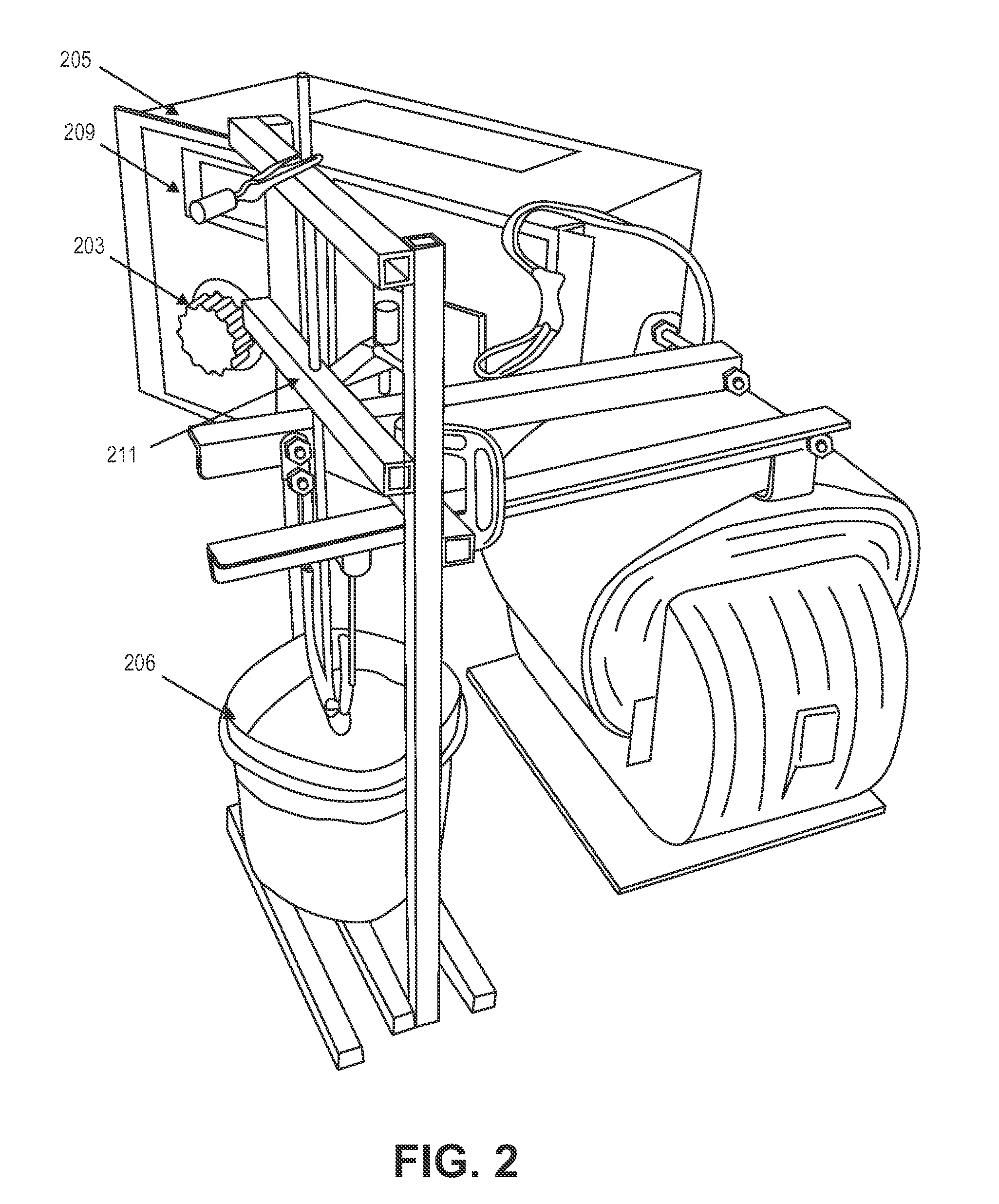Shape setting a shape memory alloy dental arch
- Summary
- Abstract
- Description
- Claims
- Application Information
AI Technical Summary
Benefits of technology
Problems solved by technology
Method used
Image
Examples
Embodiment Construction
[0047]The methods described herein are illustrated in the context of dental arch wires, however it should be understood that these methods are not limited to this use. In particular, the methods described herein may be used to set the shape of any shape memory alloy (SMA) material, particularly single crystal shape-memory alloy materials.
[0048]For convenience of use, straight wires are formed into an arch shape that approximately conforms to the shape of the jaw of the patient, a process known as shape-setting. NiTi based alloy wires are typically shape-set by winding on a mandrel having the desired arch shape, annealing by heating in a furnace to 400° C. or higher, and allowing the shaped wires to cool. This shape-setting process may take an hour or more.
[0049]The known and commercially used process described for shape-setting NiTi based wire cannot be used for shape-setting hyperelastic wire. Hyperelastic wire, typically single crystal, is not thermodynamically stable. At elevated...
PUM
| Property | Measurement | Unit |
|---|---|---|
| Length | aaaaa | aaaaa |
| Length | aaaaa | aaaaa |
| Fraction | aaaaa | aaaaa |
Abstract
Description
Claims
Application Information
 Login to View More
Login to View More - R&D
- Intellectual Property
- Life Sciences
- Materials
- Tech Scout
- Unparalleled Data Quality
- Higher Quality Content
- 60% Fewer Hallucinations
Browse by: Latest US Patents, China's latest patents, Technical Efficacy Thesaurus, Application Domain, Technology Topic, Popular Technical Reports.
© 2025 PatSnap. All rights reserved.Legal|Privacy policy|Modern Slavery Act Transparency Statement|Sitemap|About US| Contact US: help@patsnap.com



